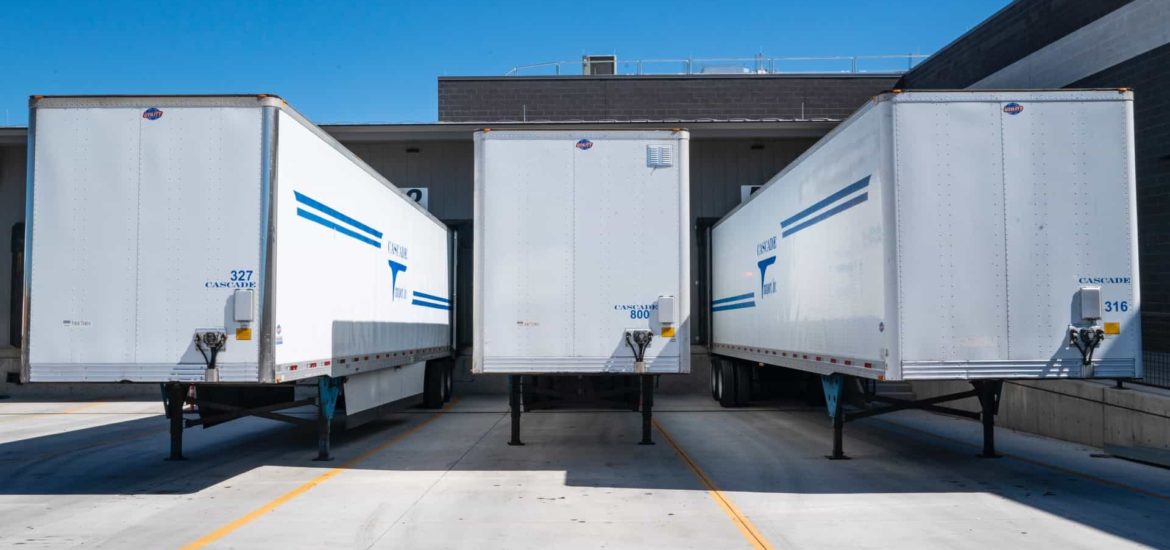While it’s impossible to completely stop condensation buildup. However there are ways to control moisture buildup in your shipping container. With a wide range of packaging solutions, discover ways to get goods safely from Point A to Point B. Use these forward thinking solutions designed to protect your shipment around the world and improve your profits.
Use the Right Pallets
Using pallets to store your goods is common practice. But it’s important to consider the moisture content found in wood varieties. The pallet industry is hard-pressed to provide pallets quickly. Therefore this requires the use of fresh lumber, often overloaded with moisture content. If the wood is used when still wet it can contribute moisture to the air and worsen shipping container condensation. Otherwise, your pallets aren’t new, but rather made from old wood that’s been stored in cold, wet places throughout chilly winters. These pallets are likely just as laden with moisture.
Read More : What Is Container Rain in The Shipping and Transport World?
Using plastic pallets may help reduce shipping container condensation, as they don’t absorb moisture in the air. If you need to use wooden pallets, be sure that these pallets are dried before loading.
Use Desiccants
Desiccants are products that absorb excess water from the air, effectively reducing the dew point inside the container. Shipping companies often place desiccants inside a shipping container to reduce moisture that results from products, packaging, or temperature fluctuations.
Desiccants come in a variety of forms. Depending on your needs and the goods in your cargo, you might choose from the following types of desiccant,
Desiccant Bags
Desiccant bags are used to absorb the humidity in a shipping container. To help reduce the moisture in the air desiccant bags can be hung from the ceiling and along the walls. As the desiccant traps moisture, it reduces the dew point temperature. Thus preventing condensation from forming on the walls of the container.
Desiccant Blankets
This type of desiccant is laid or hung over the top of goods in the container. It’s designed to prevent condensation from building in the air and protects the goods below it from droplets of water. These blankets feature a breathable membrane that allows existing moisture from the goods to filter upwards through the blanket. While, offering a leak proof design that prevent moisture from moving downwards also called container rain.
Also Read : How Condensation Can Ruin a Shipment During Freight Transport?
Some desiccant blankets are designed to create a perfectly sealed environment. Which prevents the flow of cold or hot air through the container. Thereby reducing temperature shifts that could lead to shipping container condensation.
Desiccant Pads
Desiccant pads are essential when shipping chilled goods or beverages. These pads are laid below the goods themselves. Should leakage occur, the pad soaks up the extra moisture to prevent shipping container rain and fungus growth. Many desiccant pads offer thermal protection that maintains the shipping container’s temperature to avoid the buildup of moisture.

Consider Dehumidifiers
If you need to learn how to stop condensation in a shipping container that’s used for storage, consider a dehumidifier. If your shipping container has access to a strong power source, a dehumidifier can be used to suck the moisture from the air. Keep in mind that you’ll need to regularly empty the dehumidifier of water ; set up a hose system that can pump the collected moisture back out of the container.
Improve Insulation
Insulating your shipping container can greatly reduce the amount of moisture in the air and prevent container rain. Container insulation can keep the contents of your cargo warmer than the dew point. Which ultimately prevents extreme temperature differences that lead to condensation.
Improve Ventilation
Proper ventilation can reduce condensation by equalizing interior temperatures with exterior temperatures. Ventilation funnels warm, moist air out of the container, while outside air with the same ambient temperature is drawn in. When interior temperatures are nearly equal to exterior temperatures, moisture is reduced.
There are plenty of ways to install ventilation in a shipping container; however, ventilation isn’t always the answer. If you’re shipping goods in areas that typically see wet conditions, ventilation could pull moist air in and make condensation worst. Avoid using ventilation as a way to stop condensation in a shipping container if you operate in humid climates.
Learn More : 4 Strategies to Improve Supply Chain for your Business
If you’re wondering how to stop condensation in shipping containers, these four packaging solutions could be an important part of the puzzle. The above ideas can help prevent condensation buildup; but it’s important that you use the right material, and the right amount of material to properly shield your shipment.
Do You Know Any Other Ways to Stop Condensation in Shipping Container? Share them on Trdinoo for others to learn. Please subscribe and share us with your friends and networks.
